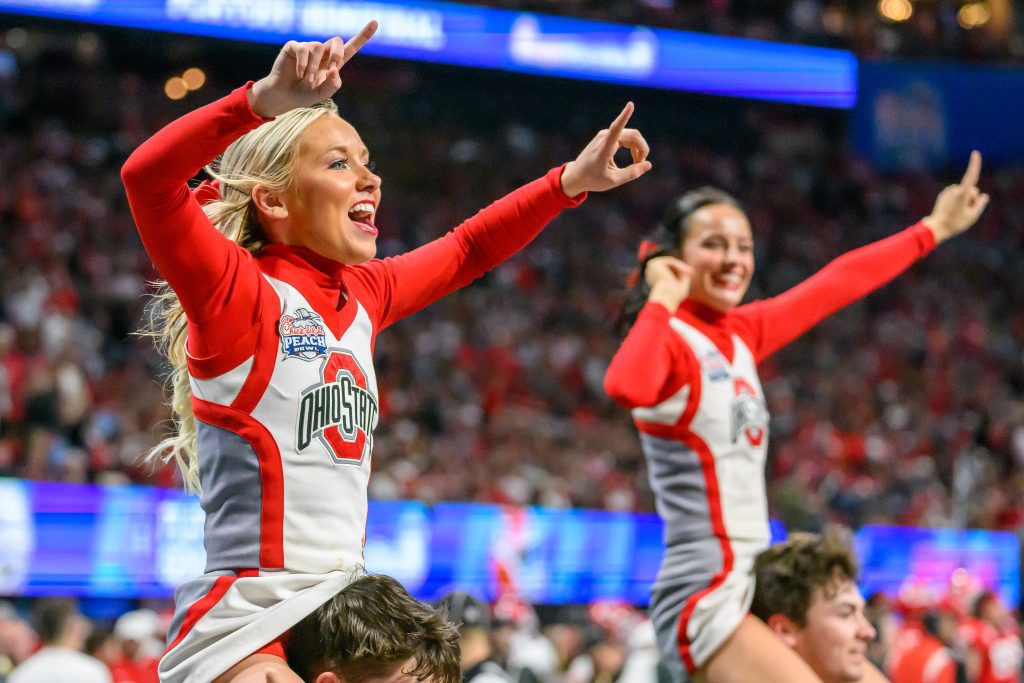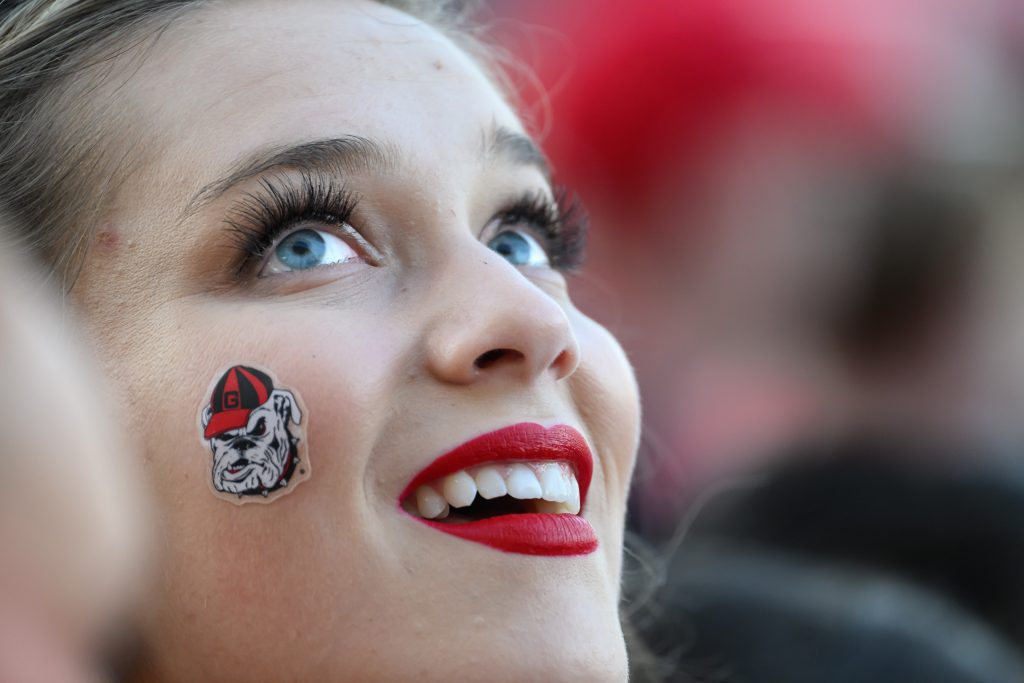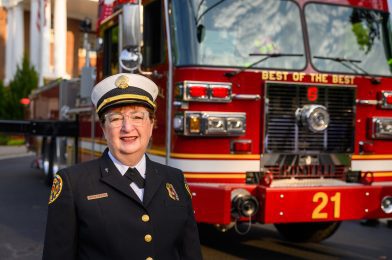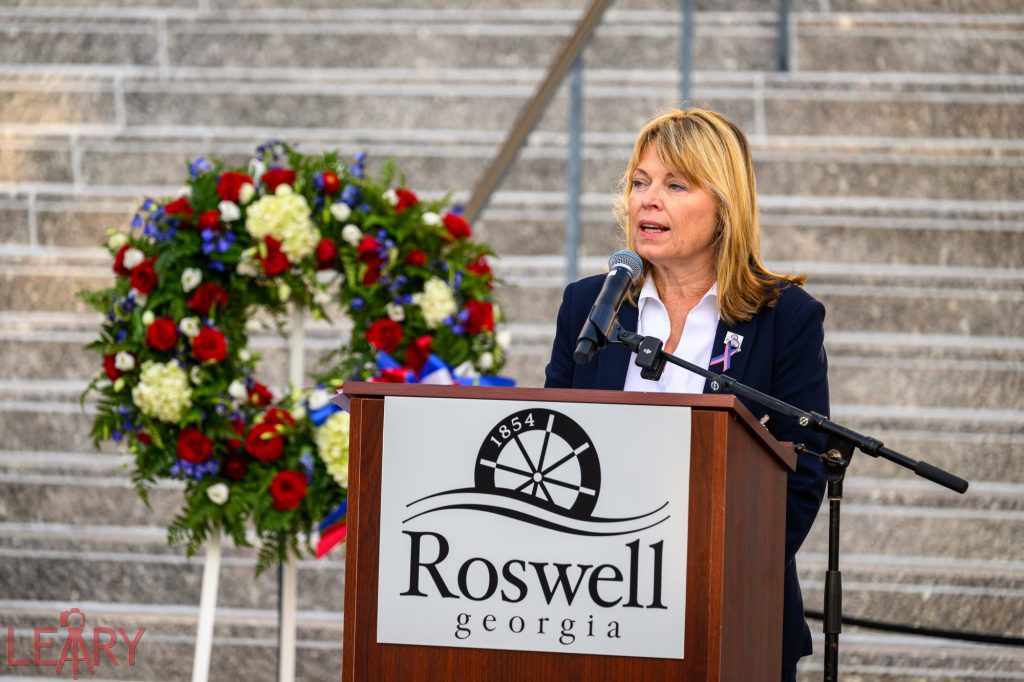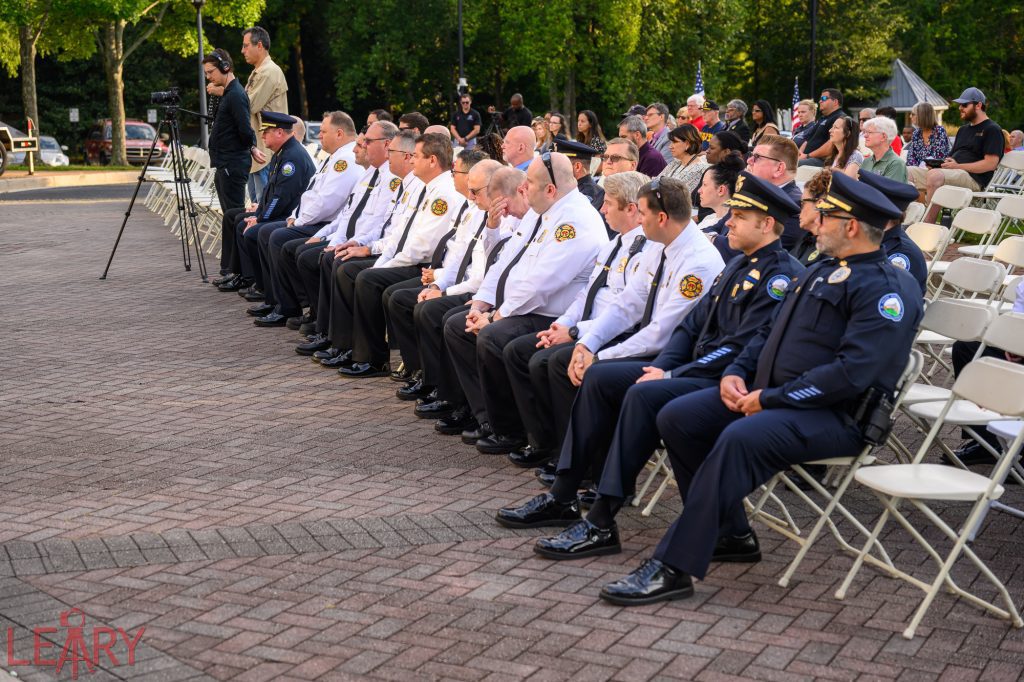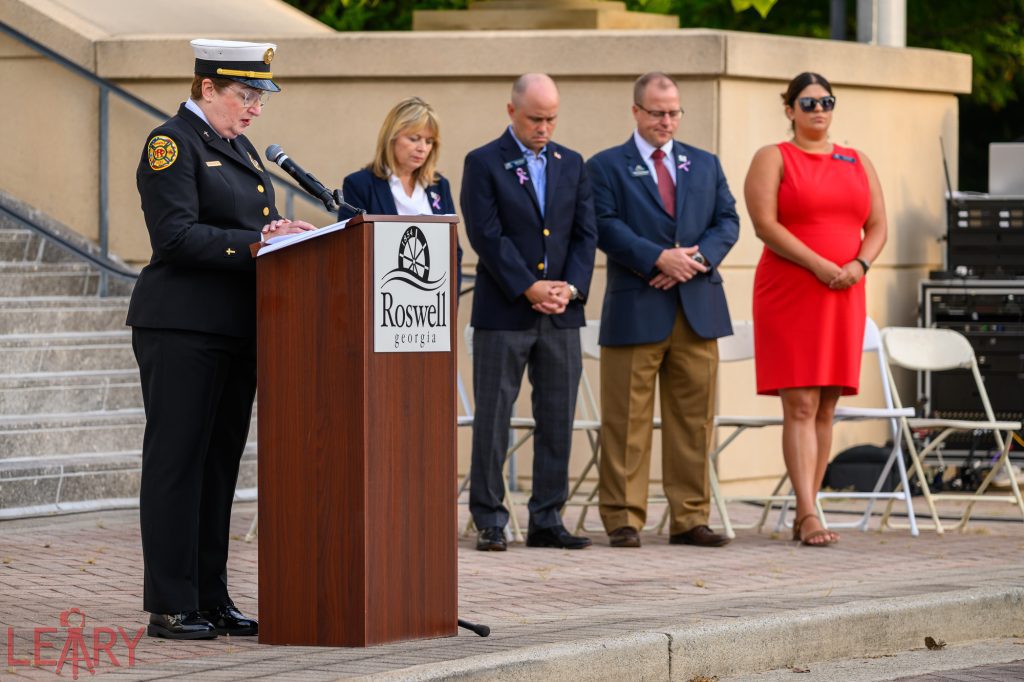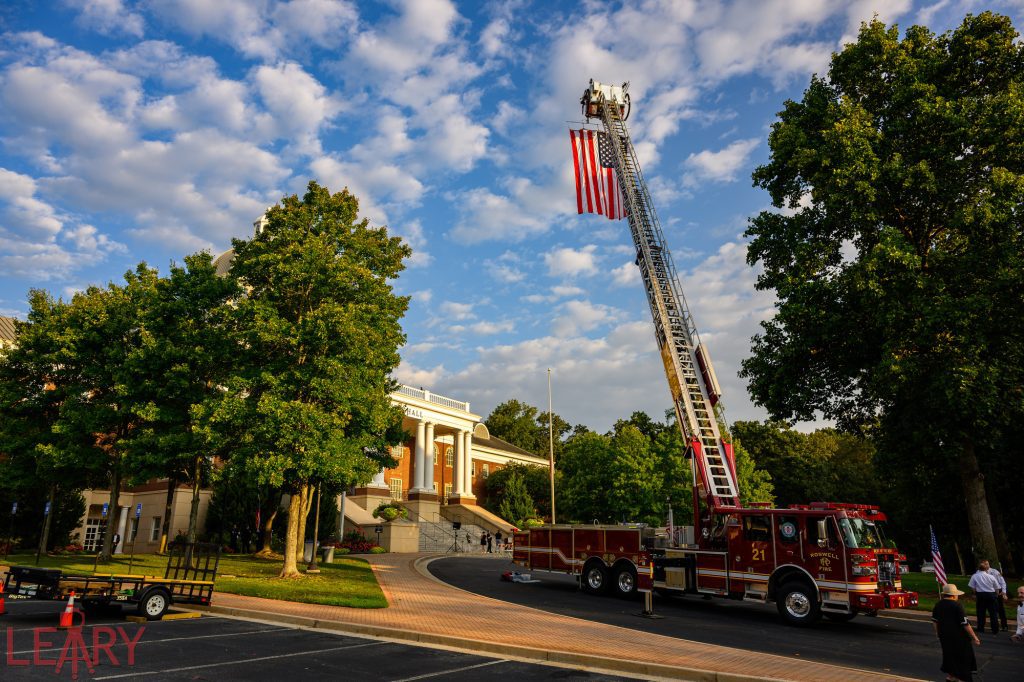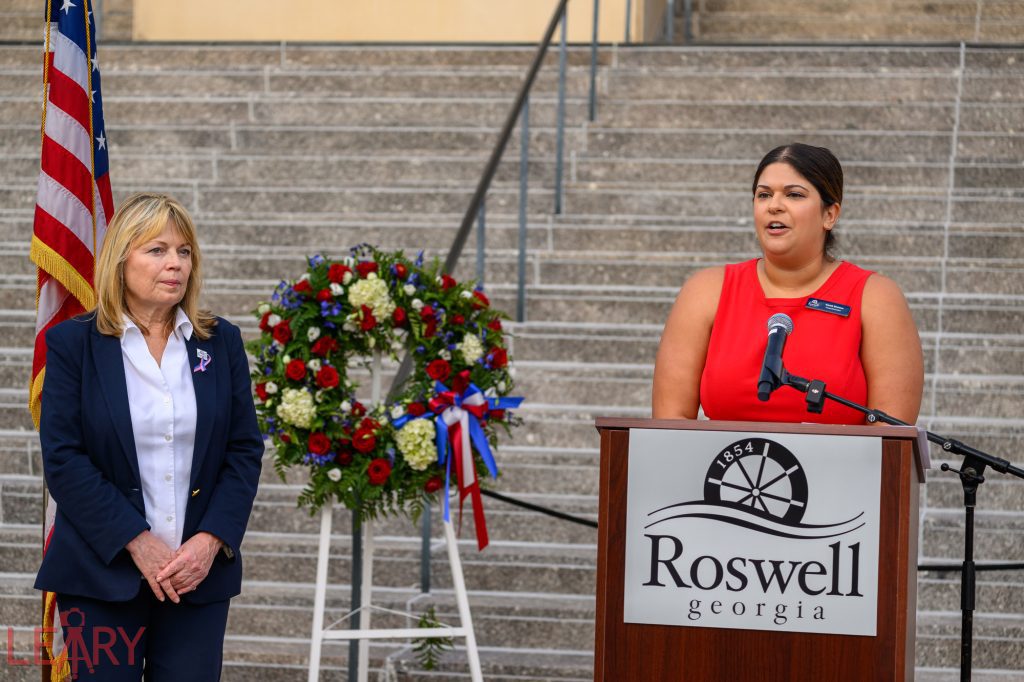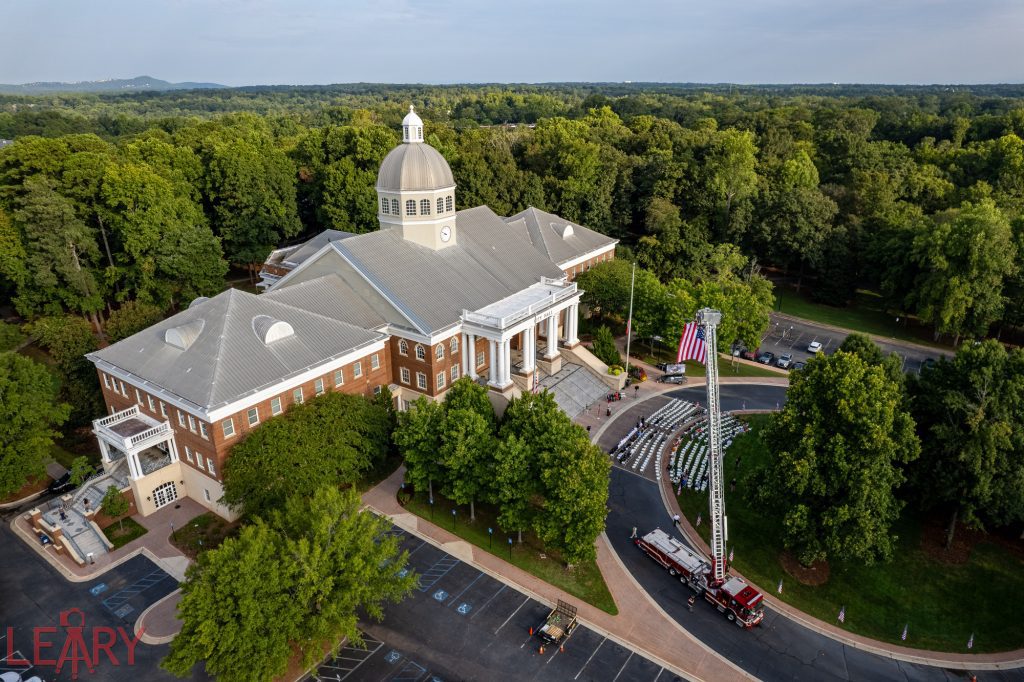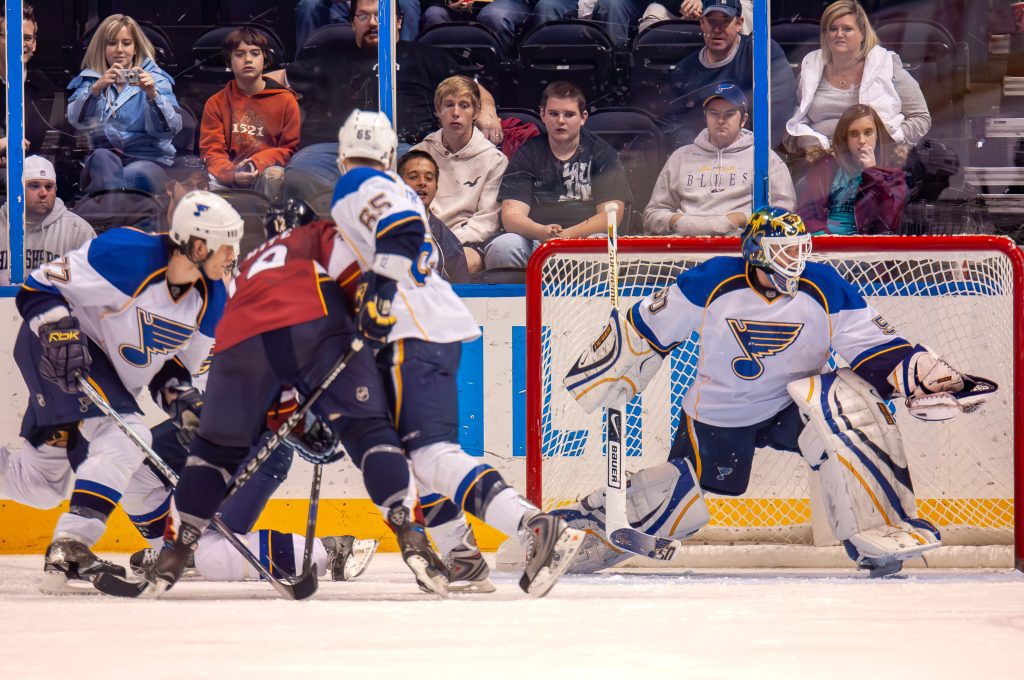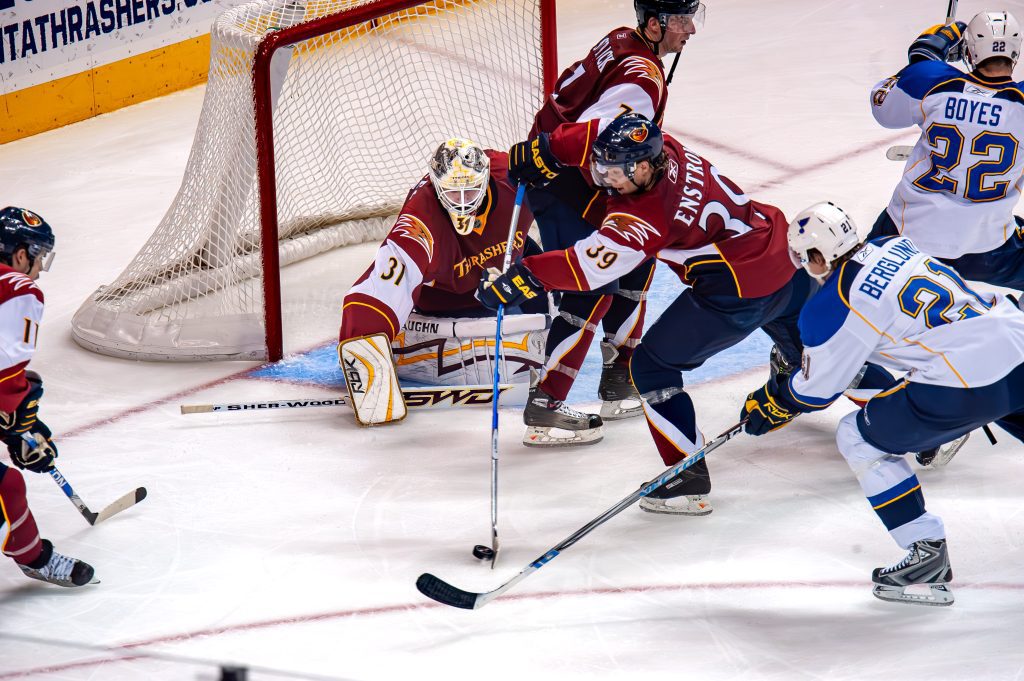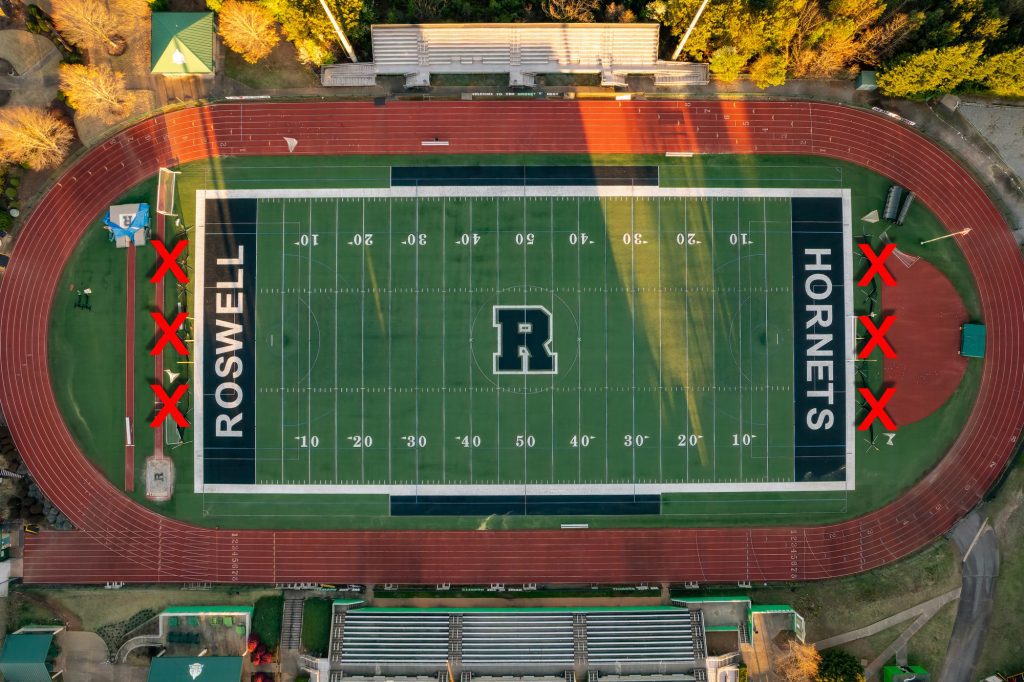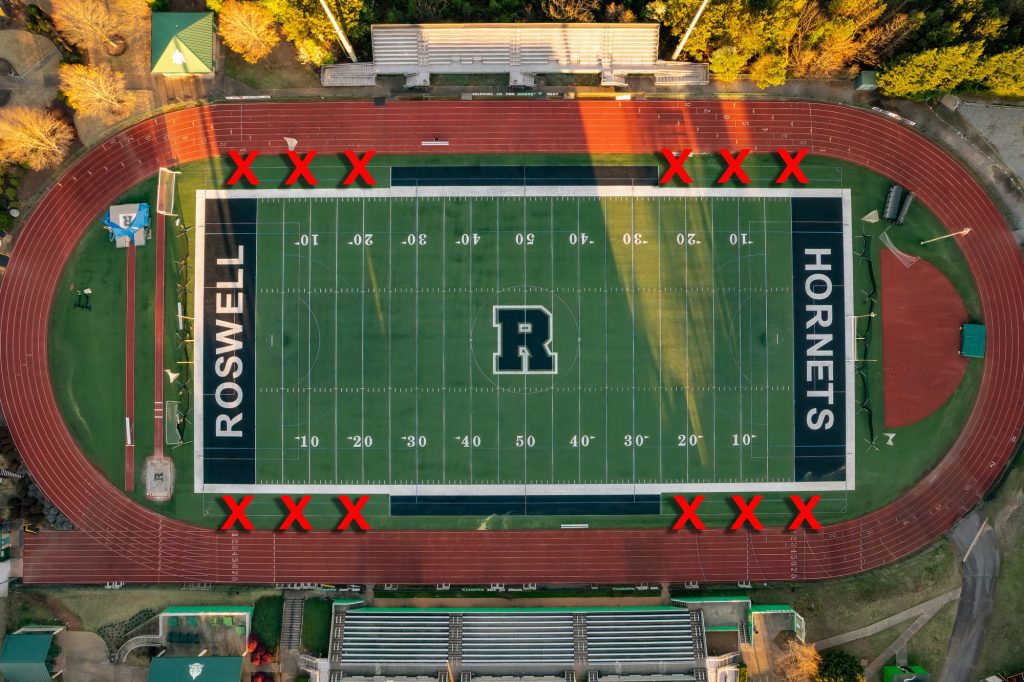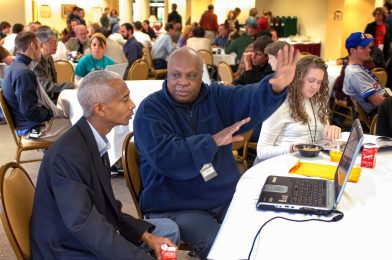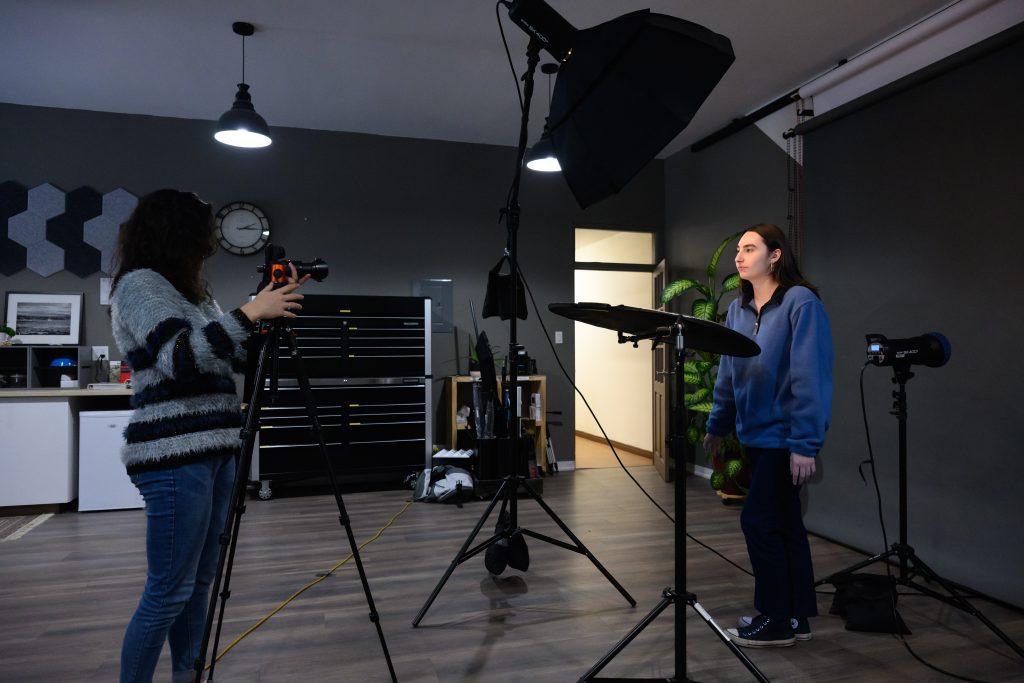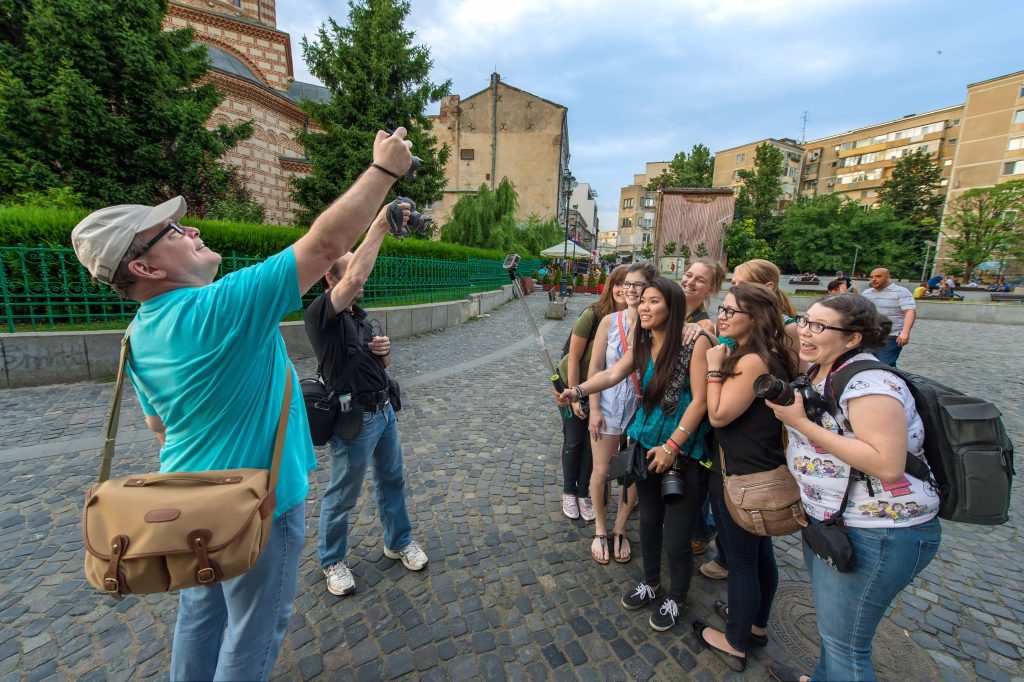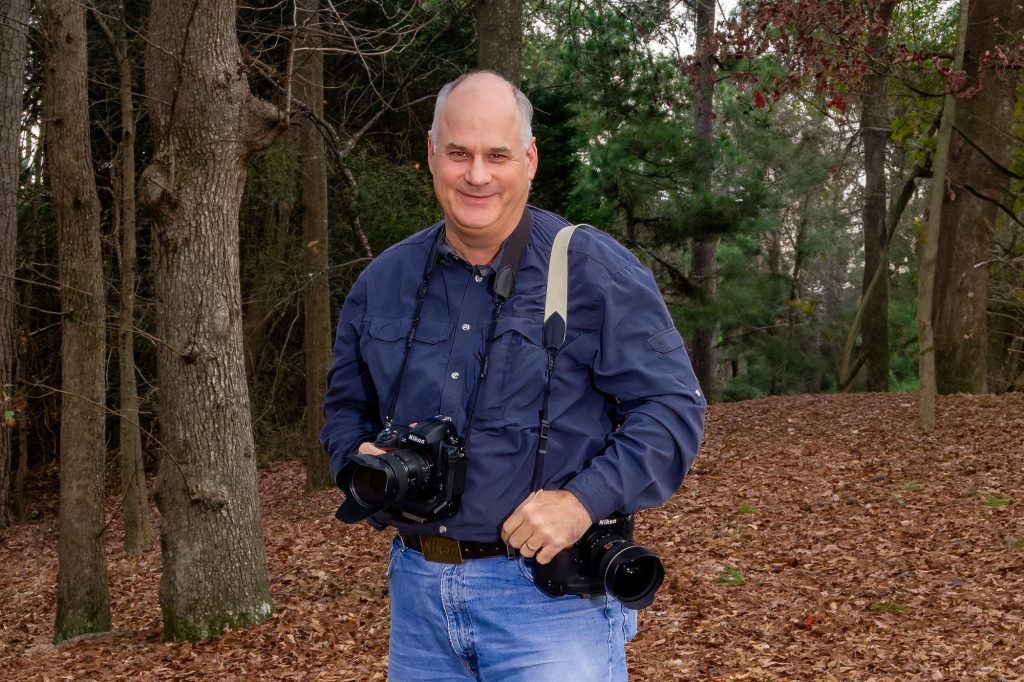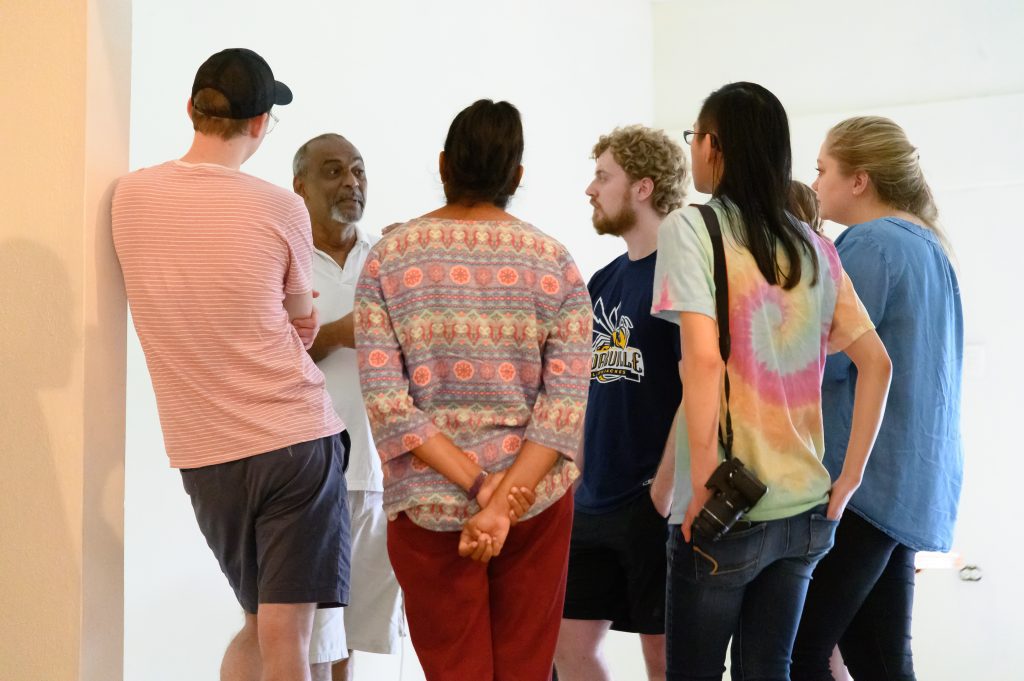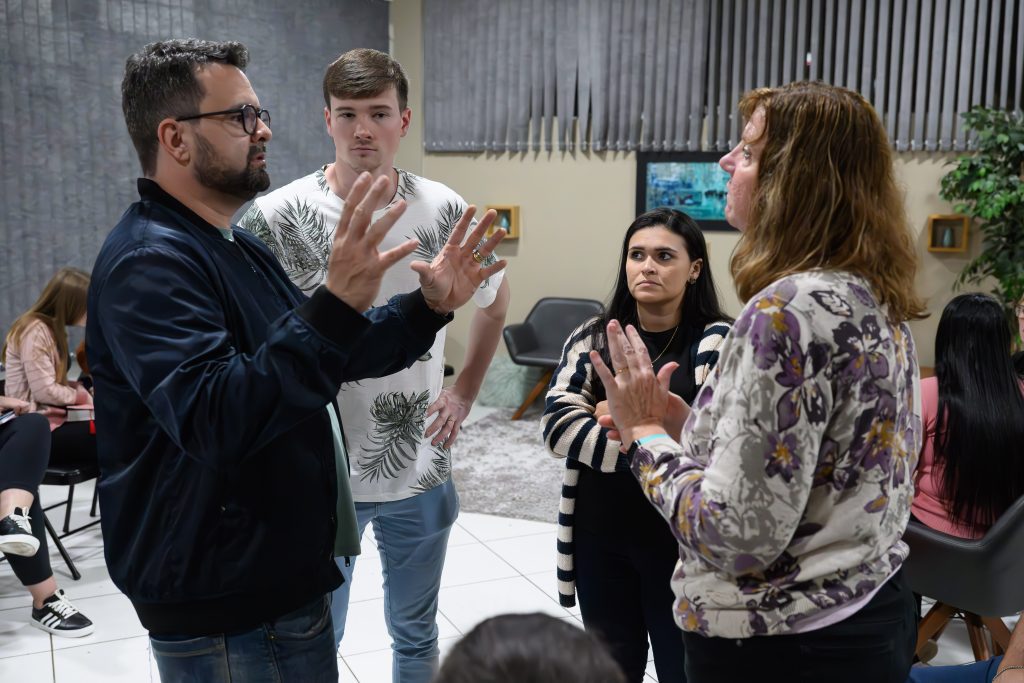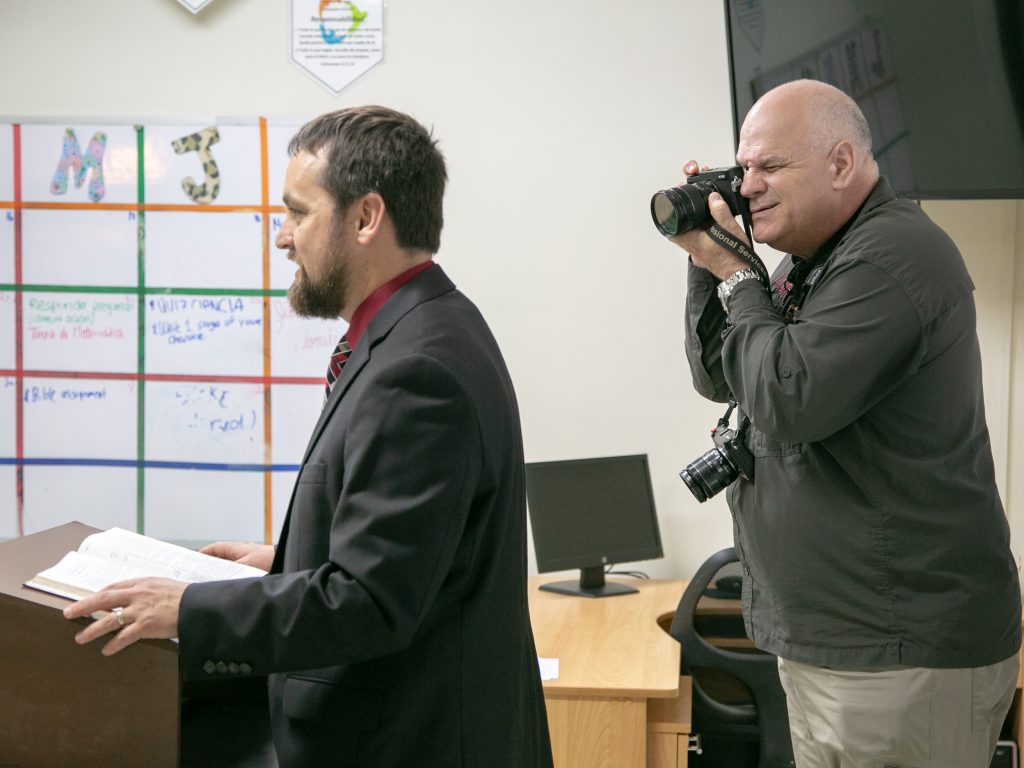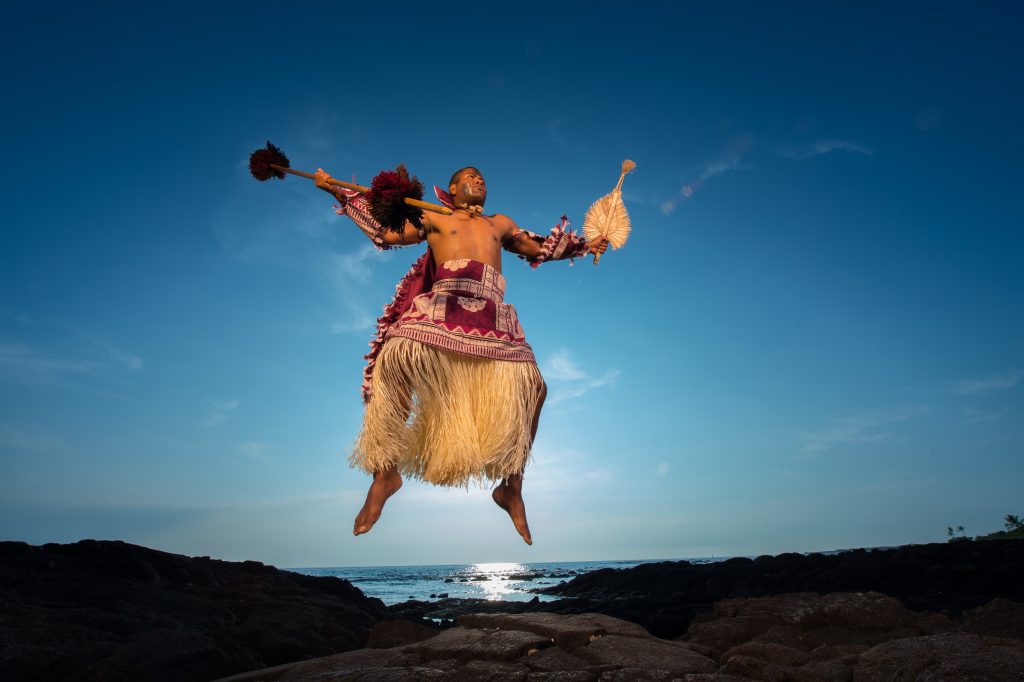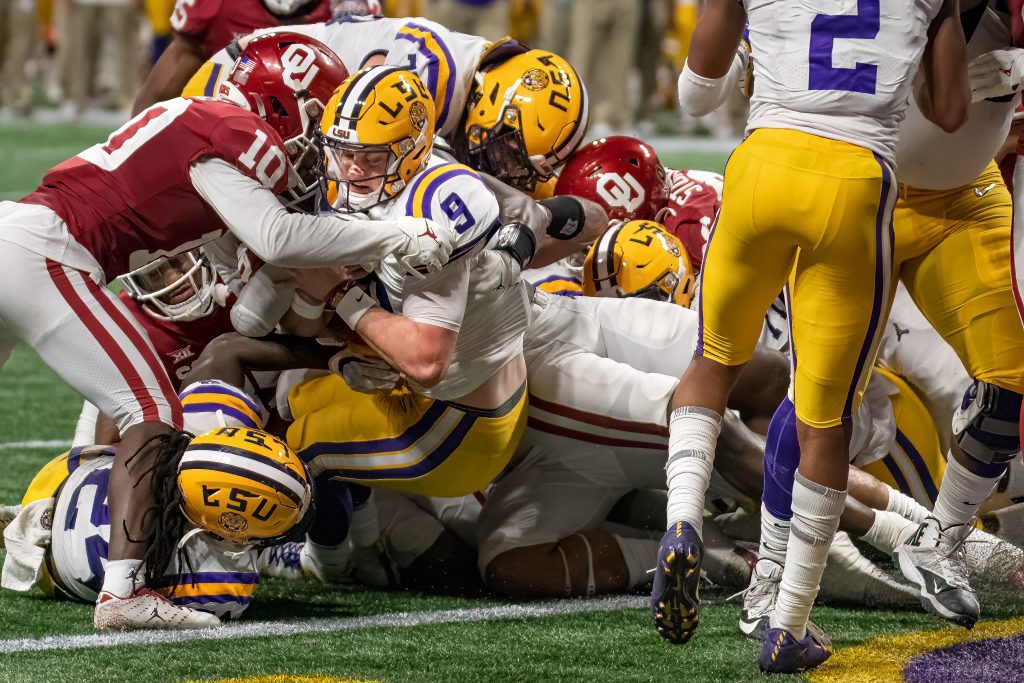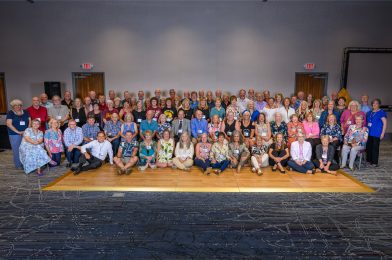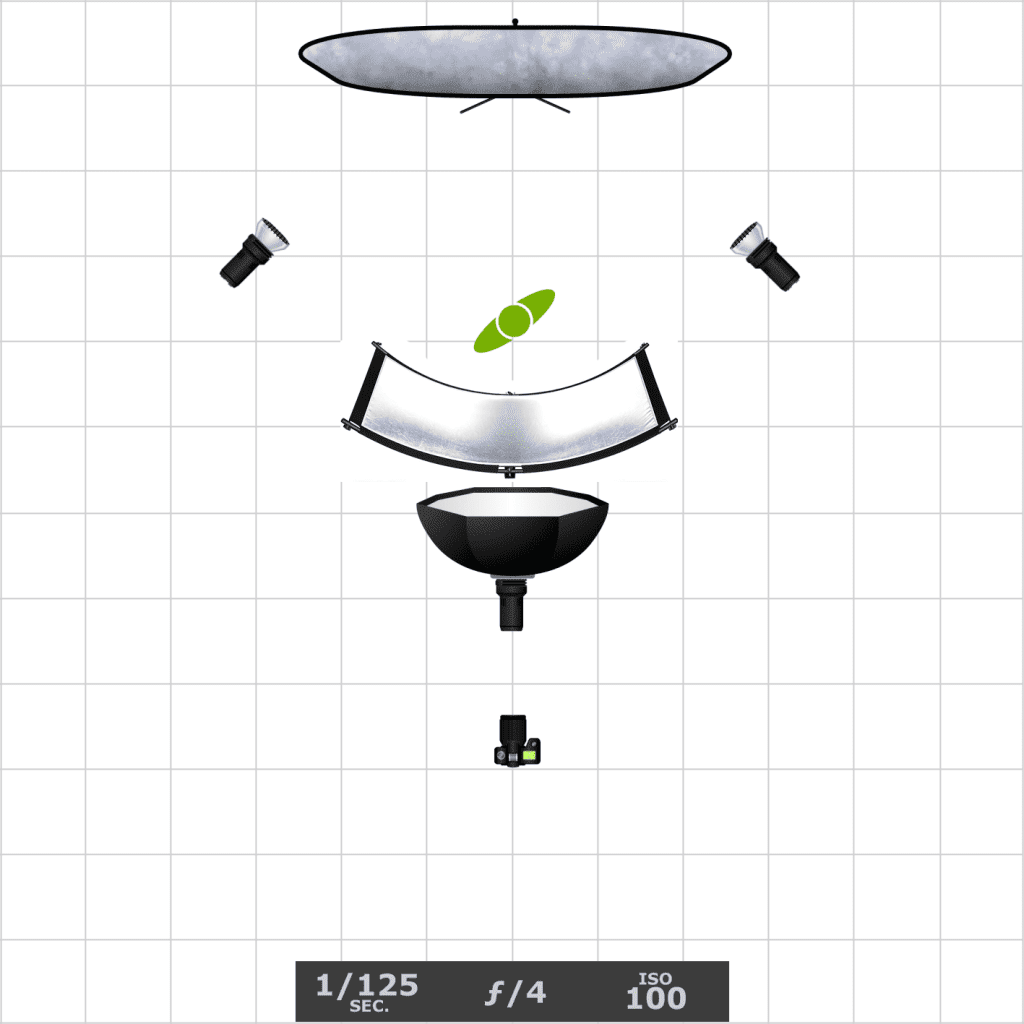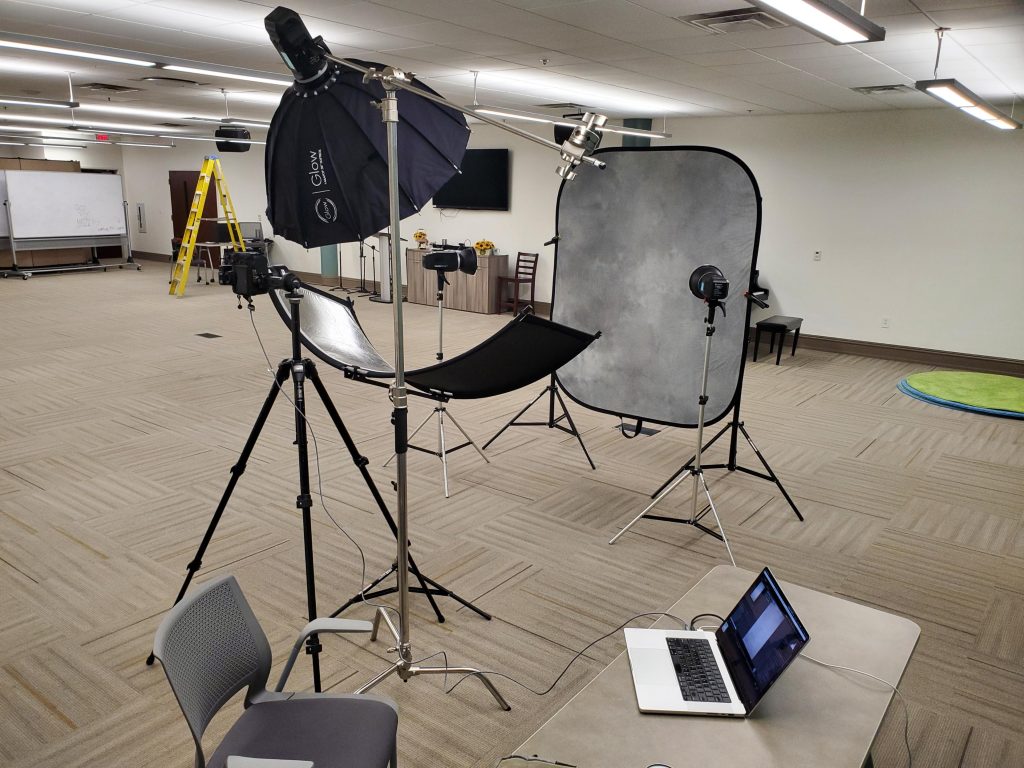Introduction
Creativity knows no bounds, and for those who thrive on artistic expression, the importance of personal projects cannot be overstated. Whether you’re a photographer, filmmaker, writer, painter, or any creative, personal projects offer an invaluable avenue for growth, self-expression, and building a compelling portfolio. In this blog post, we’ll explore why personal projects are crucial for creatives and share tips on how ongoing endeavors can help you create impressive portfolio pieces. To illustrate the concept, we’ll dive into the example of revisiting familiar places with a drone, as I’ve done with my new DJI Air 3.
- Unleash Creativity Without Constraints
Personal projects allow creatives to explore their ideas and passions without external limitations. When you embark on a project that resonates with you, you’re not bound by client expectations, deadlines, or commercial considerations. This freedom allows your creativity to flourish, resulting in work reflecting your vision and style.
In my case, revisiting familiar places with my drone allows me to capture the beauty of my town from unique angles and perspectives. Without the pressure of a client’s demands, I can experiment with different shots, lighting conditions, and compositions, pushing the boundaries of what’s possible.
- Consistent Growth and Improvement
Creativity, like any skill, requires practice and continuous improvement. Personal projects provide a structured platform for honing your craft over time. When you revisit a project periodically, as I’ve been doing with my drone, you can track your progress, identify areas for improvement, and implement new techniques and technologies.
With each visit, you can challenge yourself to capture more captivating shots, experiment with advanced drone features, or explore different editing styles. This iterative process allows you to measure your growth as a creative and see tangible improvements in your work.
- Building a Cohesive Portfolio
A diverse portfolio is essential for creatives looking to attract clients or collaborators. However, personal projects are vital in creating a cohesive body of work that showcases your unique style and expertise. When you revisit a specific project over time, you’re more likely to develop a signature look or storytelling approach that sets you apart from others in your field.
My ongoing drone project, for example, can become a showcase of my evolving skills and style. As I accumulate new footage and refine my editing techniques, I’ll have a rich portfolio piece demonstrating my growth as a drone videographer.
Tips for Maximizing the Benefits of Ongoing Projects
- Set Clear Goals: Define the objectives of your project from the start. What do you want to achieve, learn, or convey through this endeavor? Setting clear goals will help you stay focused and motivated.
- Create a Schedule: Establish a regular schedule for revisiting your project. Whether weekly, monthly, or annually, consistency is key to tracking progress and improvement.
- Document Your Journey: Keep a journal or create a digital record of your project’s evolution. Note your thoughts, ideas, challenges, and breakthroughs. This documentation can provide valuable insights and serve as a source of inspiration.
- Seek Feedback: Share your work-in-progress with peers, mentors, or online communities. Constructive feedback can help you refine your project and gain new perspectives.
- Stay Open to Serendipity: While having a plan is important, don’t be afraid to embrace unexpected opportunities or creative detours that may arise during your ongoing project. Serendipity often leads to some of the most remarkable creative breakthroughs.
Conclusion
Personal projects are a treasure trove of creative expression, growth, and portfolio-building opportunities. Just as I revisit places around my town with my DJI Air 3 drone, remember that the journey is as valuable as the outcome. Your ongoing project is a testament to your dedication as a creative and powerful tool for showcasing your talent to the world. So, keep exploring, experimenting, and letting your creativity soar through personal projects—it’s a journey worth taking.




